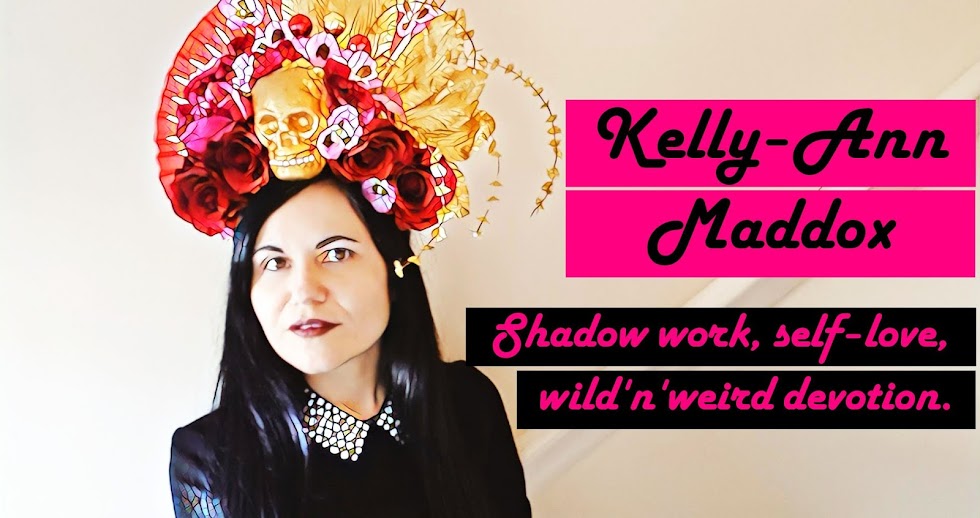- Sallie Nichols
I remember the first time I read about Jung's appreciation for the Tarot and how he encouraged his students to utilise it for exercises with clients. It was an illuminating moment for me because I'd often felt Tarot was an astoundingly useful tool for therapy and self-exploration and that the image of an otherworldly Romany soothsayer was only half the story. It was great to find out that Jung felt the Tarot is a great representation of the whole of human experience and as such it can be used to free a patient's mind and help them to understand their situation more fully without projecting.
Jung's focus was on our inner relationship with archetypes as unconscious ideals which we unknowingly assign to the people in our lives. He felt that the collective unconscious tends to offer up ideas of how certain kinds of people should react and behave, thus influencing our conscious mind with expectations which we hold dear. When someone falls short of those expectations, conflict and anxiety arise. Jung felt that the Tarot could give patients an awareness of each of these archetypes, thus making them more aware of how their subconscious desires and expectations affect their lives and helping them adjust more successfully to changes or disappointments. The cards can encourage conscious intuitions which can serve to positively change subconscious bias. The point is to change the client's responses to situations. This method, rather than focusing heavily on predicting the future, instead serves to make the future a better, brighter place by equipping the client with better tools to deal with it. The client should never be seen as passive when using this method. The aim is to change their perception and broaden their understanding so that they can sculpt the future they wish to have.
Jung believed that the conscious and unconscious exist in a profound state of interdependence, which fits in well with the four suits of Tarot which deal with both the material, practical realm and the spiritual, emotional realm. He also believed that spiritual pursuits are essential and natural to us and that too much emphasis on material gain and instant gratification has led to a breakdown in our ability to focus on the spiritual and given way to social decay and bad behaviour. Tarot is a tool to understand what is truly important - what your heart and mind are really asking to be allowed to deal with and focus on. Tarot can give a balanced perspective on how much it's wise to look outside ourselves for the answers.. Sometimes the only place to look is within and the cards tend to be able to get specific on that score.
To approach Tarot as a tool for counselling and exploration is of paramount importance to me as a reader. I came to realise a long time ago that the most helpful kind of reading is one with a focus on problem-solving and bettering the querent's situation. Predicting the future outcome is only ever useful if the main focus is on how to alter it or improve it by playing with the possibilities that come into plain sight once we've allowed ourselves the chance to see them.
I have a genuine wish to see Tarot being used more openly in this manner in the future. I do believe it's an intensely powerful tool and in its current cultural position it's being sold short in many ways.
